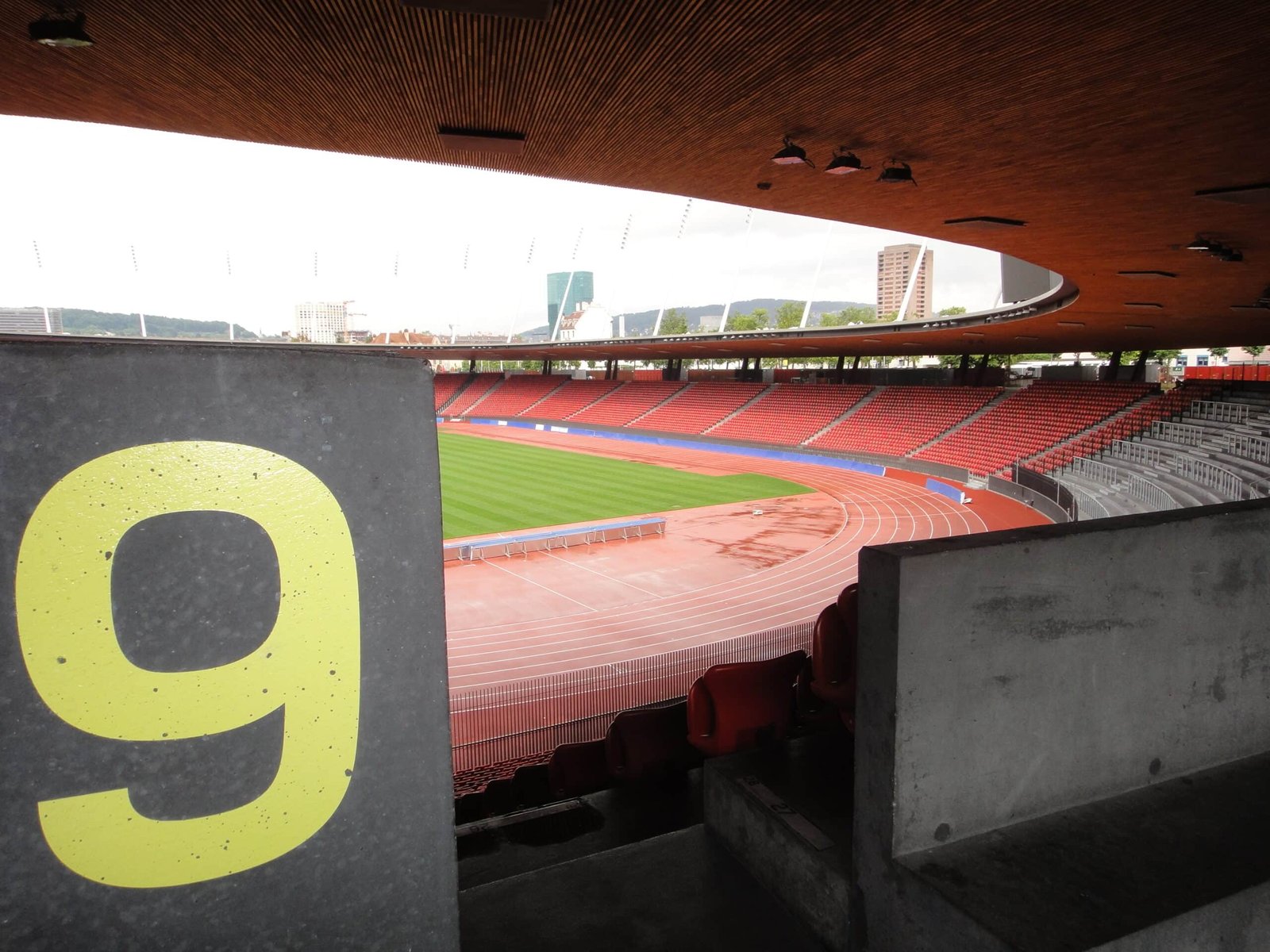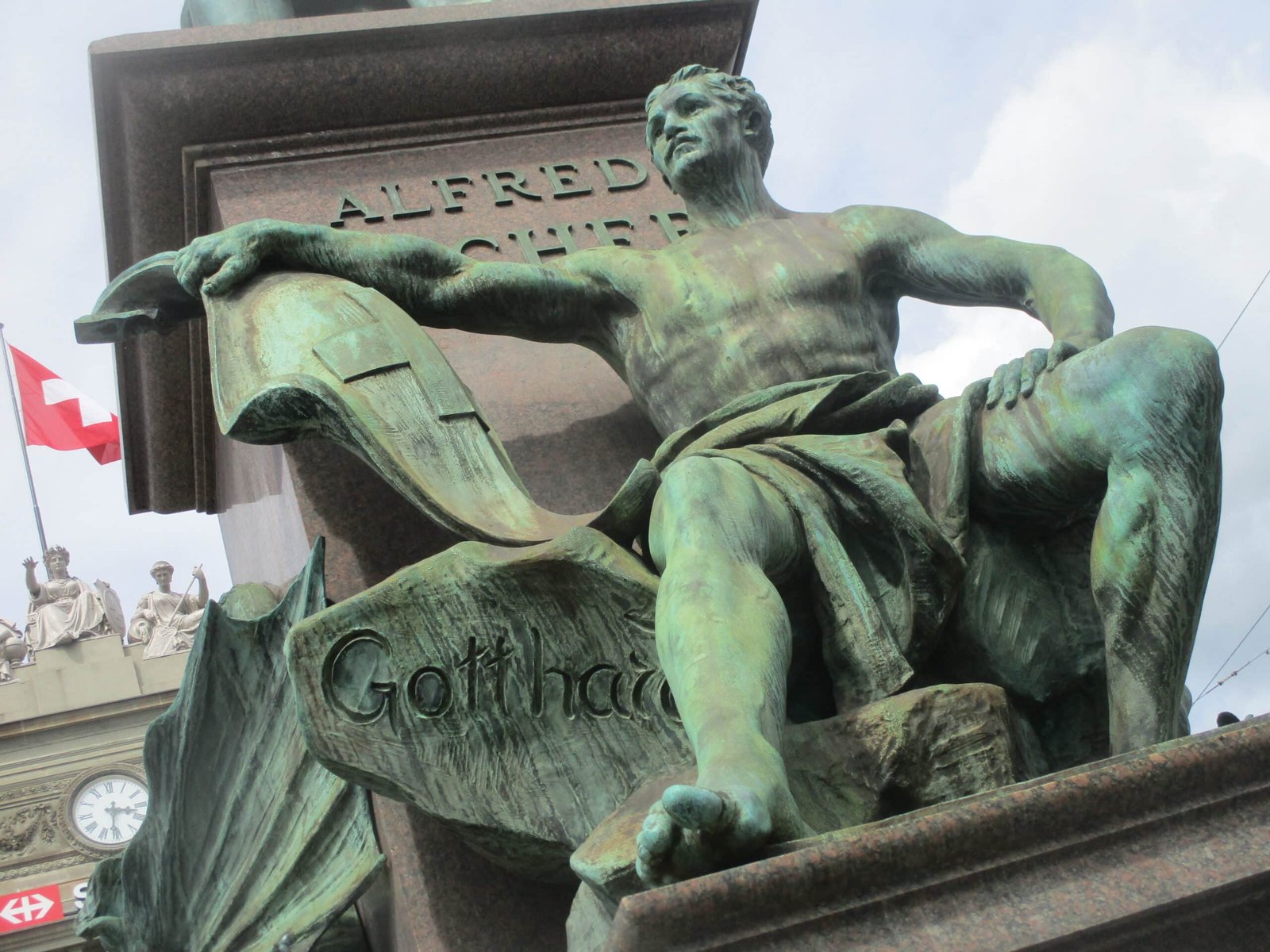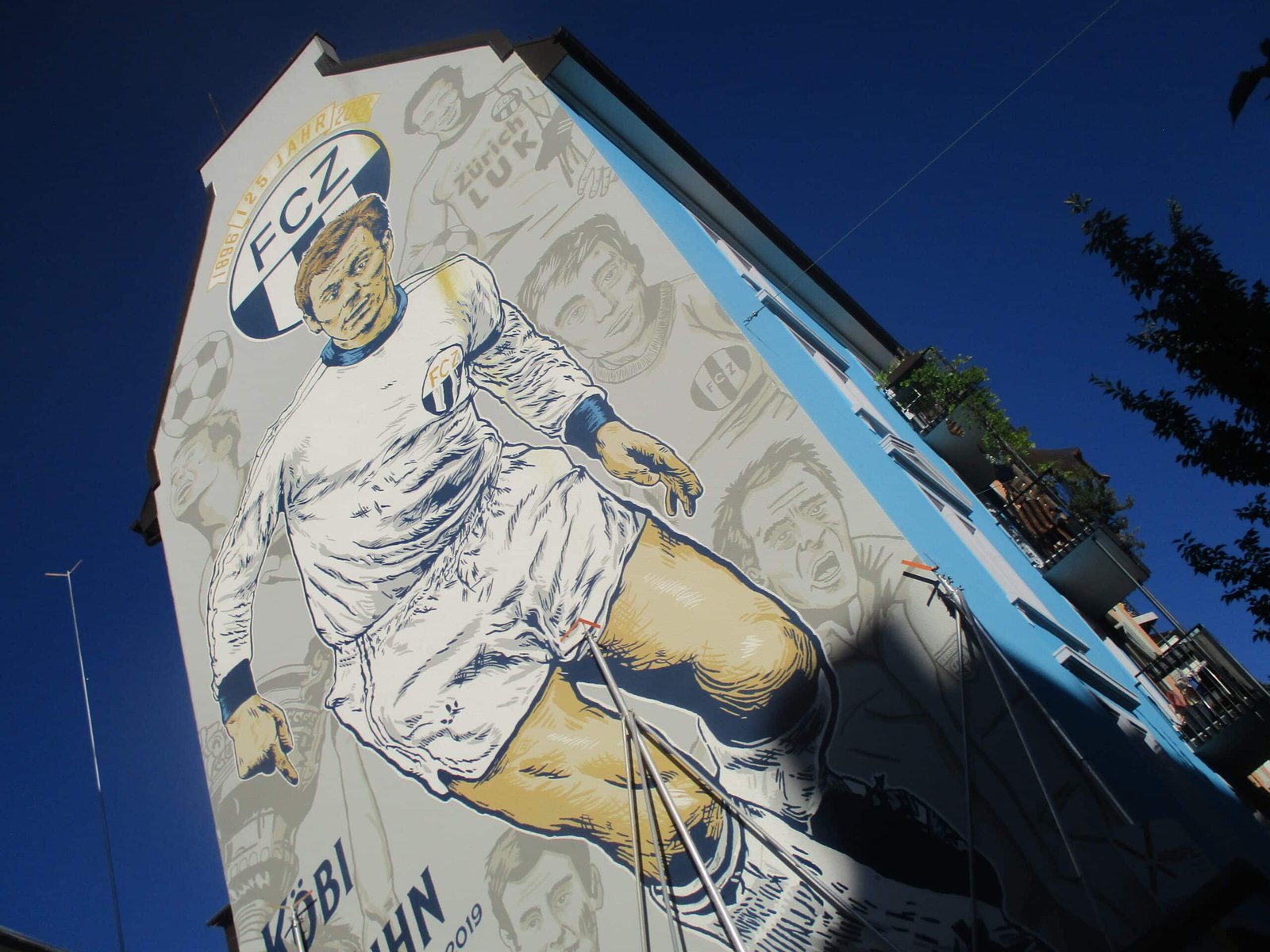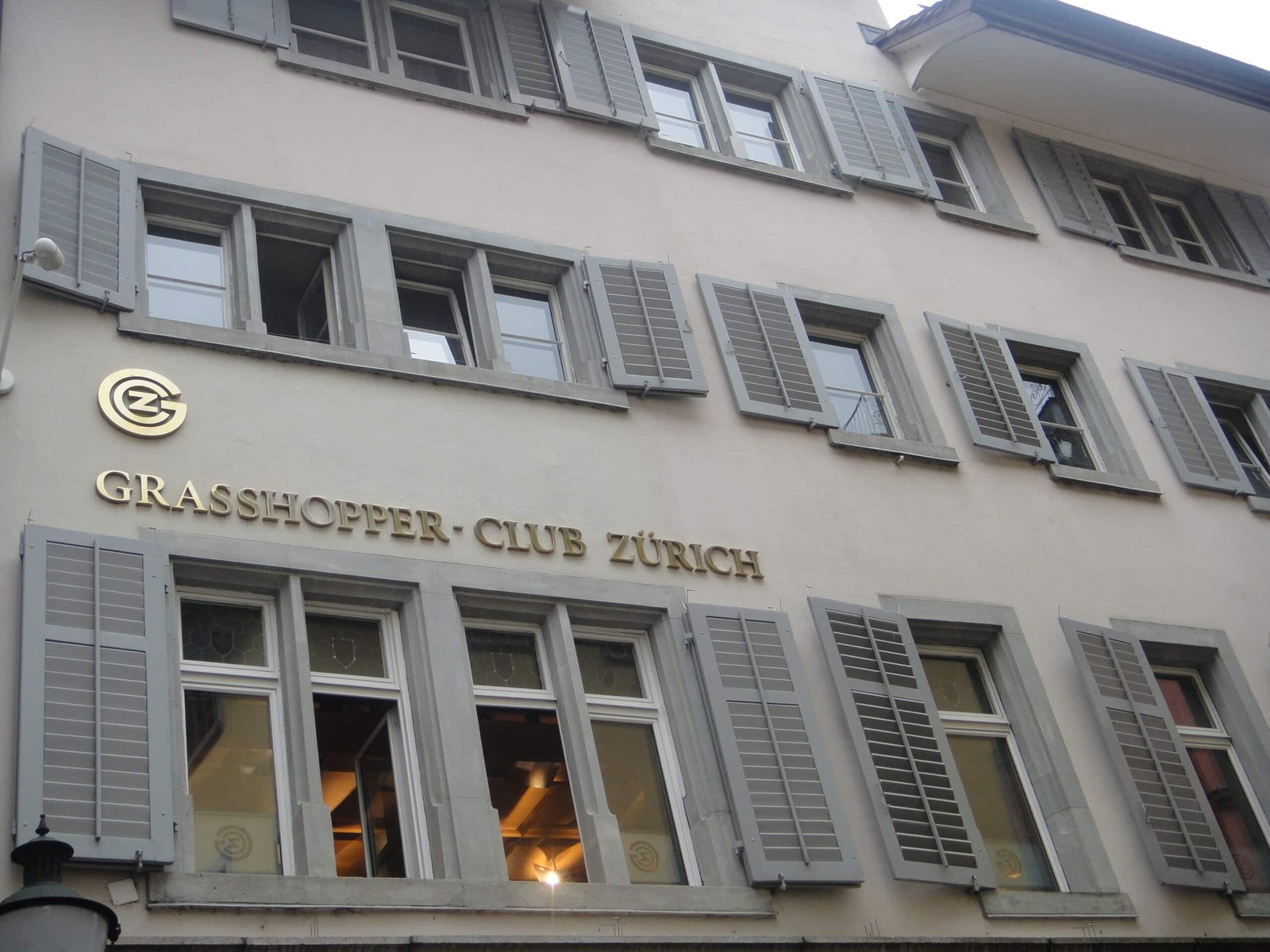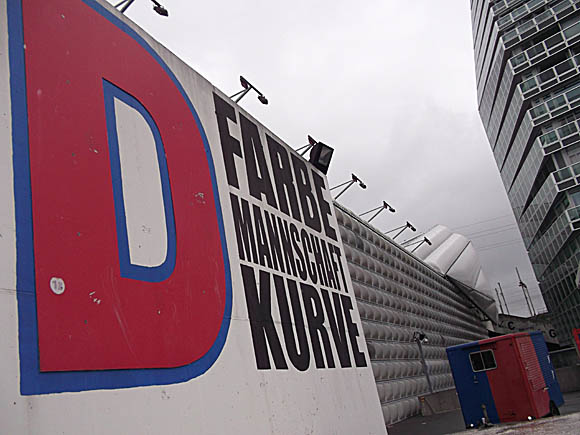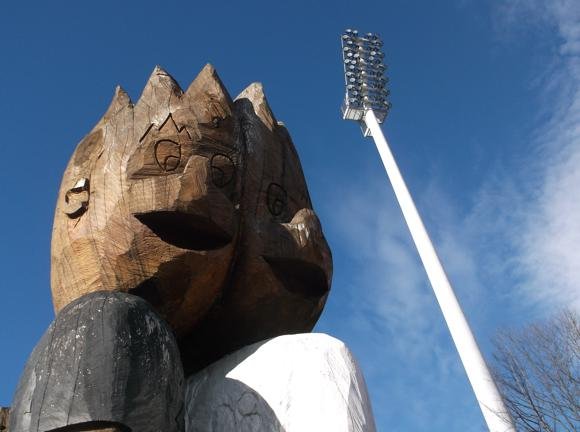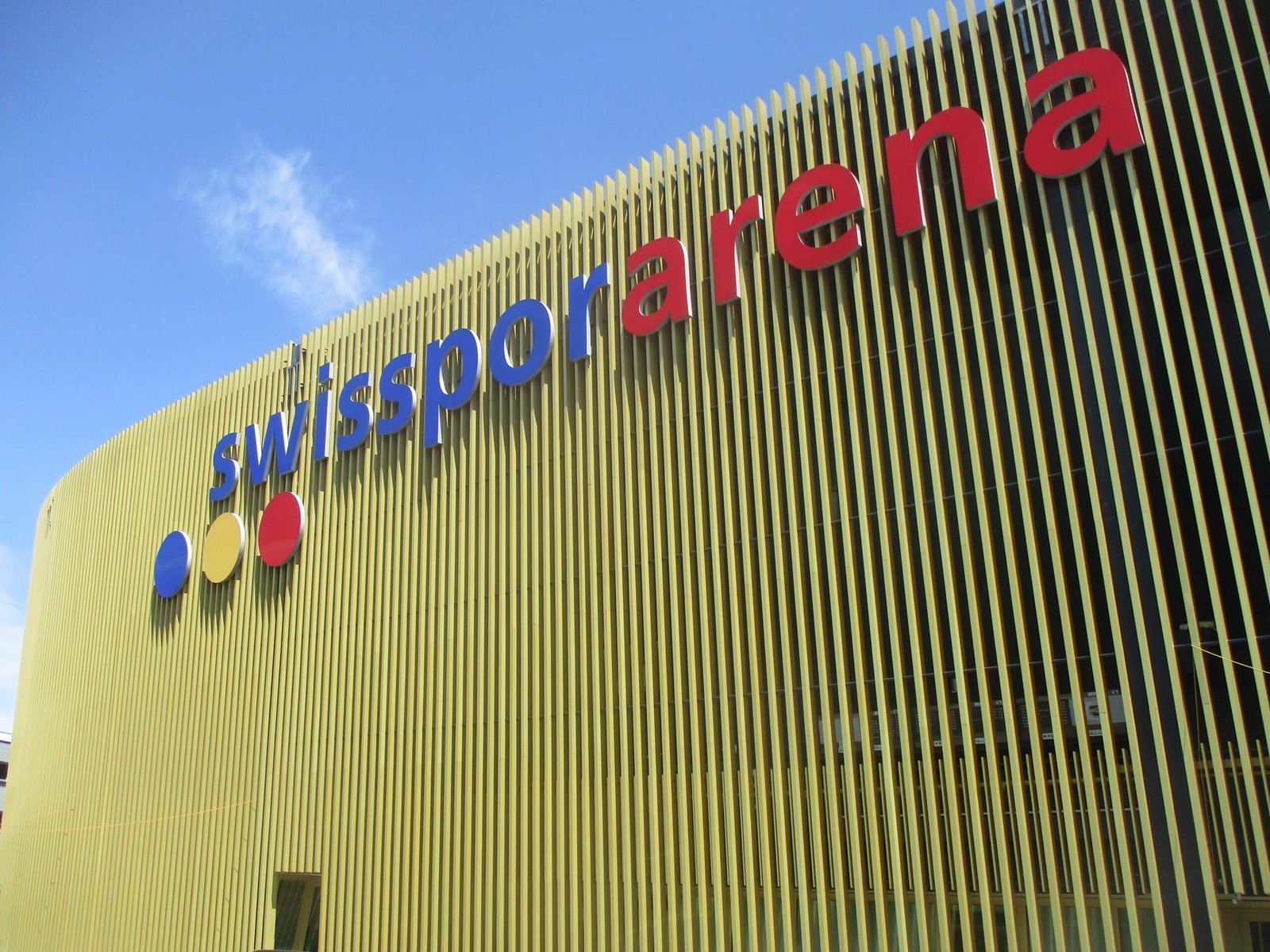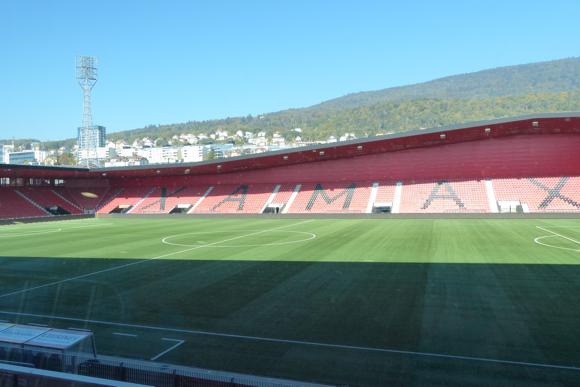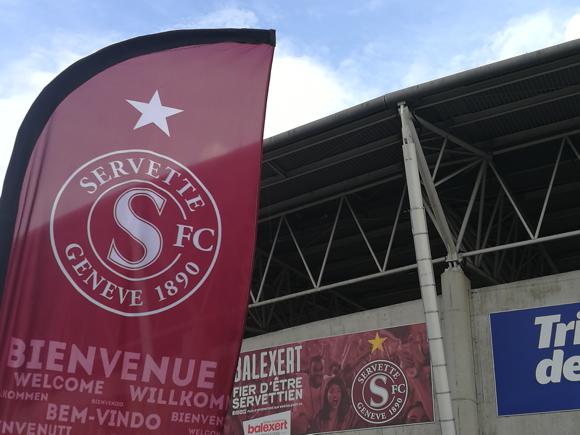The field of dreams – and the story behind it
Now approaching its centenary, the Letzigrund has come a long way since its inception. Created by and for the members of the multisport FC Zürich, the Letzigrund is today shared between FCZ and Grasshoppers.
Its long history can be easily divided between the original stadium opened on November 22, 1925 – and the one rebuilt on its same site for Euro 2008 on August 30, 2007.
Top-flight football and world-class athletics have been a feature throughout. The first ratified ten-second 100-metre dash was run here in 1960.
Although ownership passed from FCZ to the City of Zürich in 1937, improvements were slow and interrupted by war. The Letzigrund was duly overlooked for Switzerland’s hosting of the 1954 World Cup, five matches (and 28 goals) witnessed at the Hardturm, Grasshopper’s ground less than 1km away.
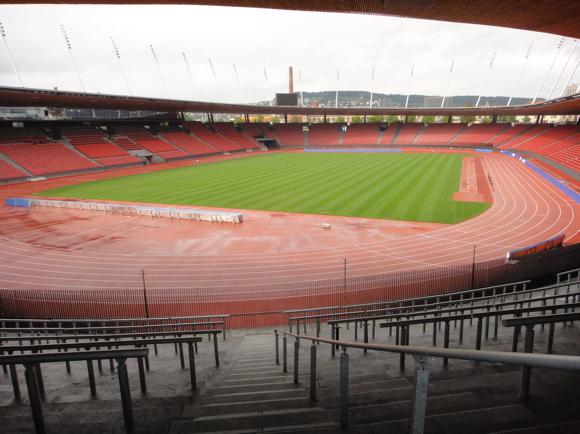
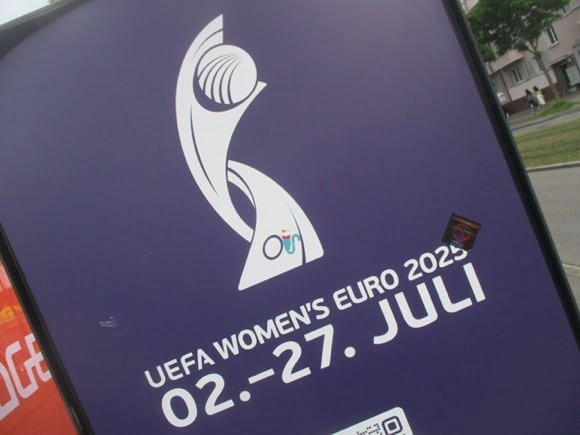
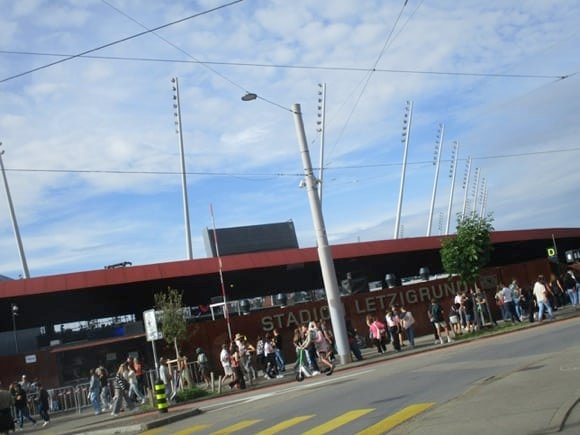
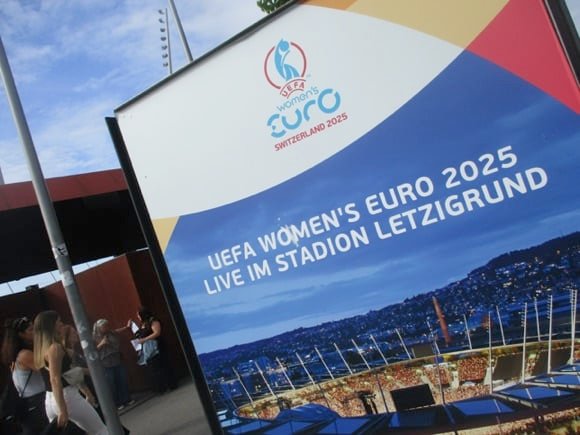
Both grounds are set in north-west Zürich. But when it came down to which one to modernise with Euro 2008 on the horizon, there were more than two options. On the table was also a proposal to build a new arena in Zürich West.
In the end, though the public voted for a reconstruction of the Hardturm, local residents objected and the rebuilding of the Letzigrund was rushed through. In 2006-07, city’s two clubs shared the venerable Hardturm for one last season. It was later demolished – and the new stadium plans rejected.
In August 2006, FCZ fans were invited to enter the old Letzigrund and take home seats and pieces of turf for souvenirs.

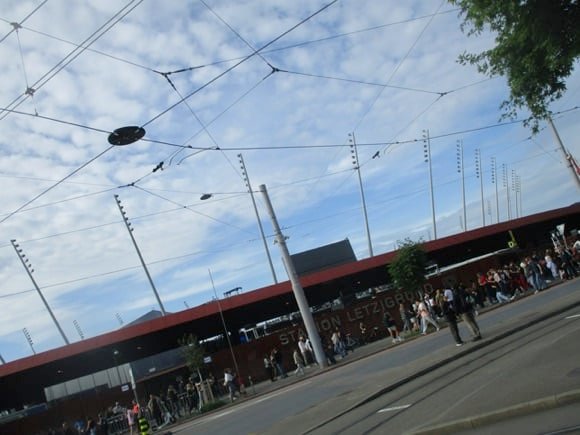

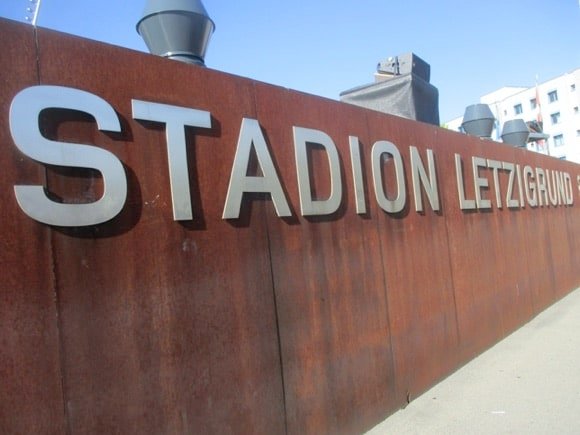
Exactly a year and SF125 million later, the new Letzigrund opened its doors. With a capacity of nearly 31,000 for Euro 2008, 26,000 for domestic league fixtures and 24,000 for internationals, the Letzigrund is the fourth-largest football stadium in the country.
Apart from the new skyboxes, business lounges, media centre and Oval restaurant, the main new feature is the roof. Rust-coloured and elliptical in shape, it replaced the characteristic if strange indented ones pre-2007. Poking up all around it are 30 toothbrush-shaped floodlights, set an angle beside the solar panels that generate enough heat to grill 1,800 sausages during one match.
Traditionally, FCZ fans occupy the Südkurve, with standing places for domestic fixtures in Sektor D, blocks 24-27. Away fans are allocated Sektor B at the opposite end, blocks 9-13. If Grasshoppers are at home, then theirs is the Baslerstraße end, Sektor B, and away fans are allocated blocks 27-31 in Sektor D on Badenerstraße. Similarly, for international matches, away fans occupy blocks 27-29 of Sektor D.
For the five games played here in July at the Women’s Euros 2025, attendances are capped at 22,700 – packing the place to the gills for the semi-final and England’s two group games.
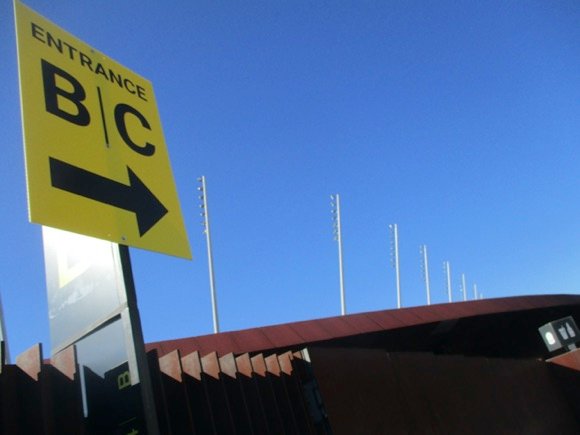
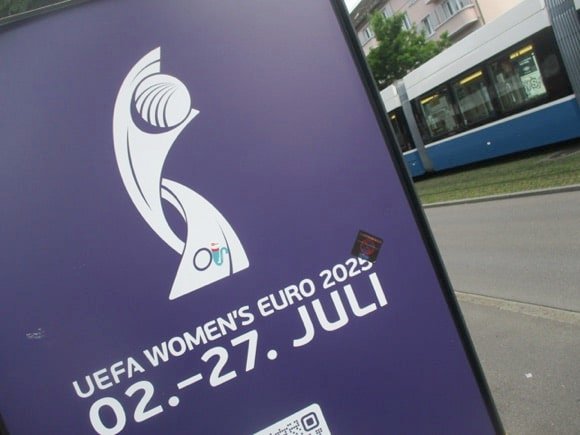
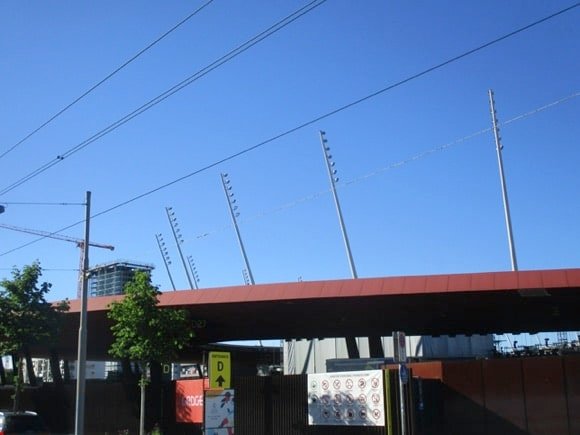
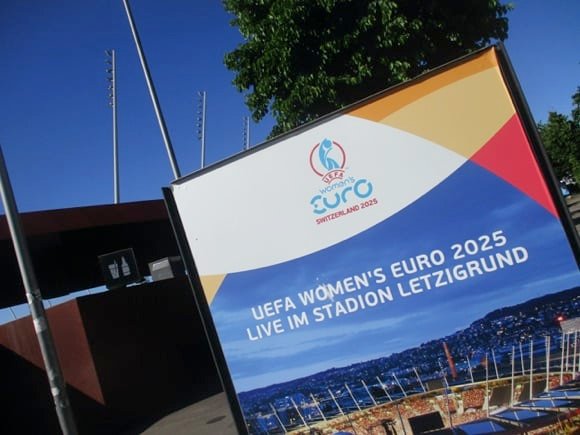
GETTING HERE
Going to the stadium – tips and timings
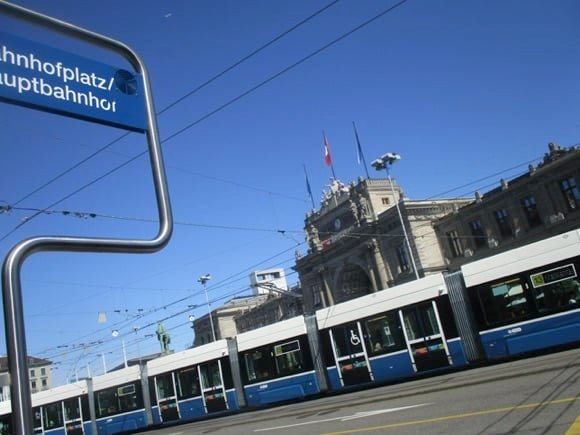


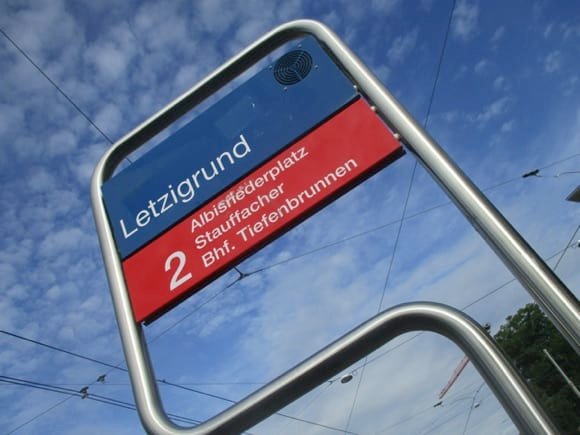
The Letzigrund has its own stop on tramline 2 eight stops/14mins from central Paradeplatz. Trams run every 8-10mins. For special events, such as Euro 2025, tram E runs from Bahnhofplatz by the main station.
Otherwise from Bahnhofplatz, regular tram 3 goes to Albisriederplatz, one stop/7-8min walk from the Letzigrund.
getting in
Buying tickets – when, where, how and how much
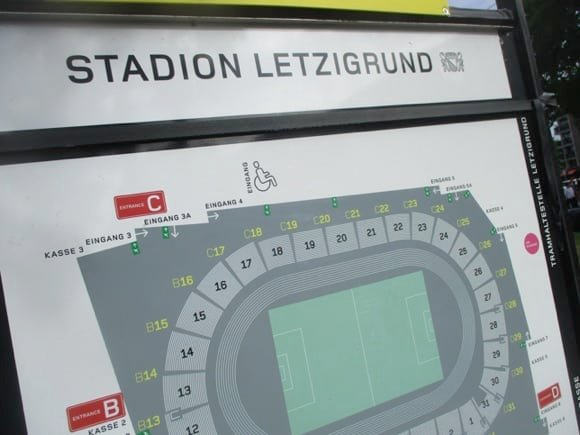
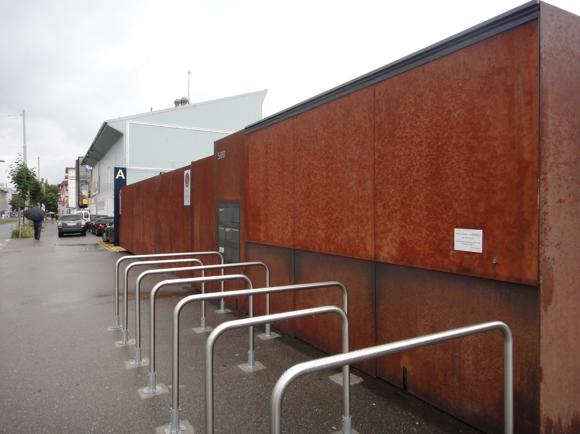
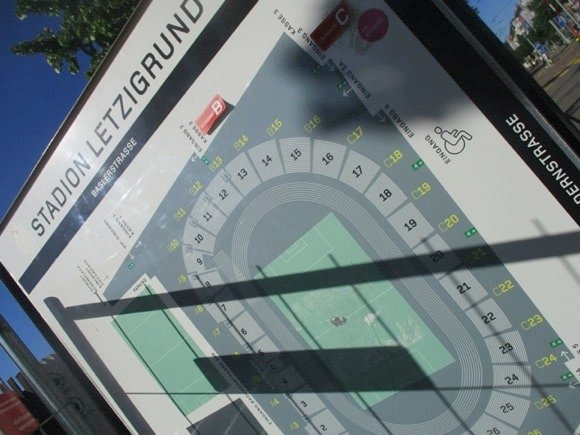
Home clubs FC Zürich and Grasshoppers occupy different areas of the stadium and have different ticketing systems.
For international matches, the Swiss FA use online agency Ticketcorner for distribution – a seat in a corner of the main stand is just under SF50.
Supporters of opposing national teams should contact their individual FA for ticket availability and information.
For Euro 2025, arrange tickets through UEFA.
Where to Drink
Pre-match beers for fans and casual visitors
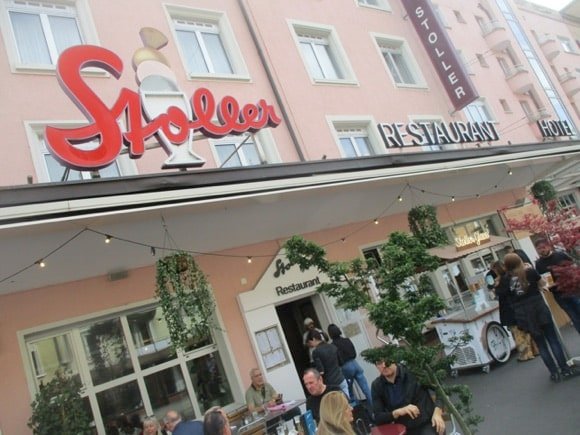
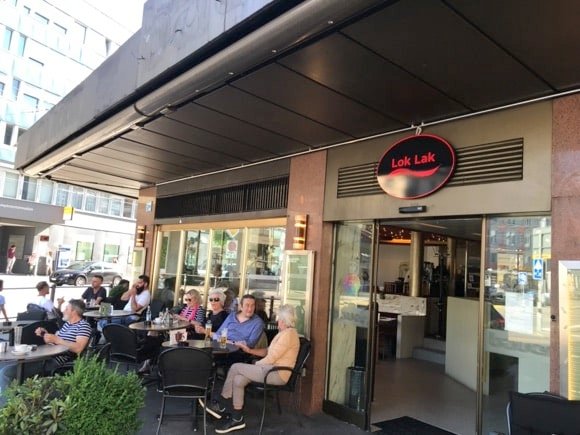
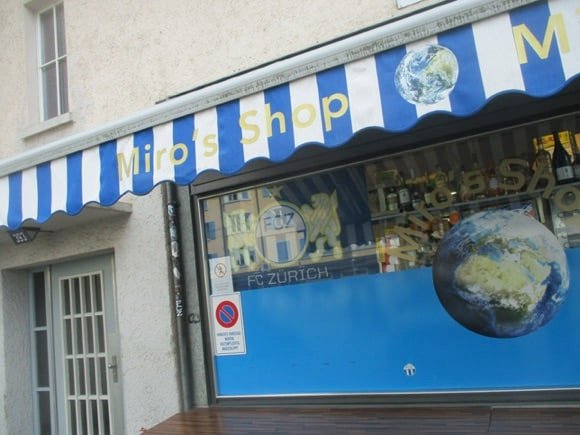
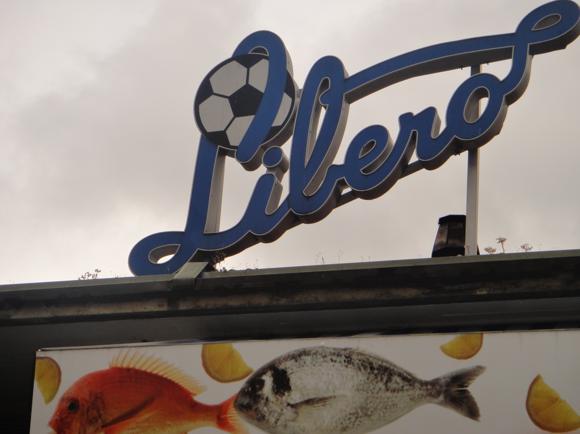
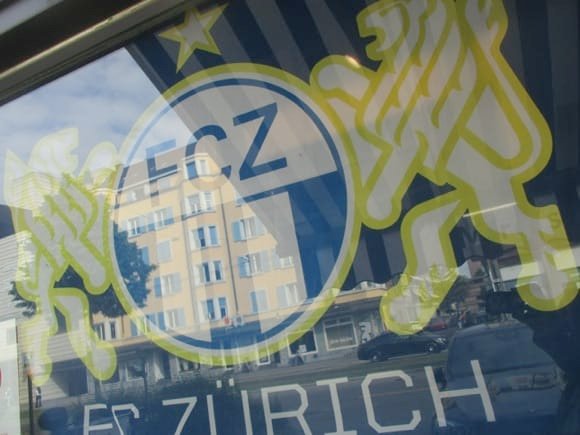
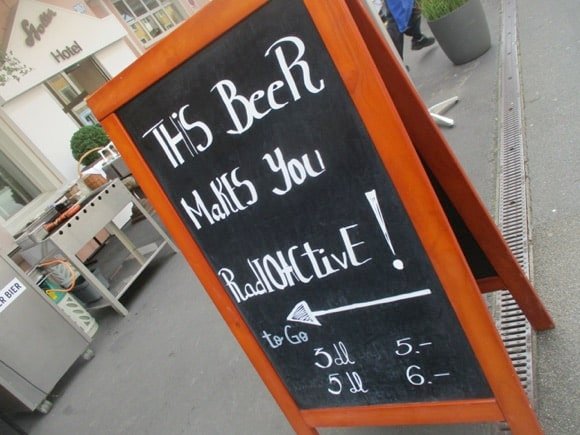
Many of the little outlets, even Libero, lining Badenerstraße towards the Letzigrund have given way to office buildings – which doesn’t mean to say you can’t find a variety of places to eat and drink pre-match.
On Albisriederplatz one tram stop from the stadium, Lok Lak is an Asian eatery whose terrace is used pretty much as Stoller round the corner, as a warm-up as you approach the ground. Certainly, Lok Lak feels more relaxed café than formal restaurant, while Stoller has a dedicated beer stand posted outside on match days. It has the added advantage of prime ice cream, renowned since 1938, in case you have the kids in tow.
Nearer the ground at No.393, Miro’s shop doubles up as a bar when FCZ are at home – note the huge club badge in the window. There’s a handy bench outside to sink your bottled beer purchased from the friendly gent within.
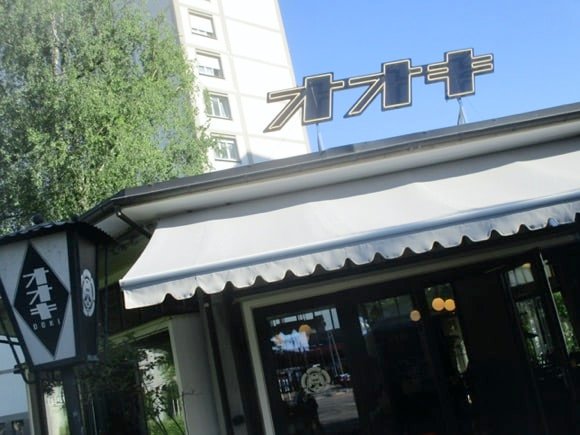
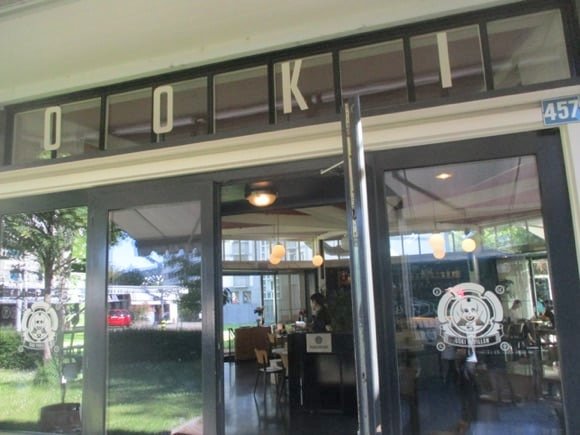


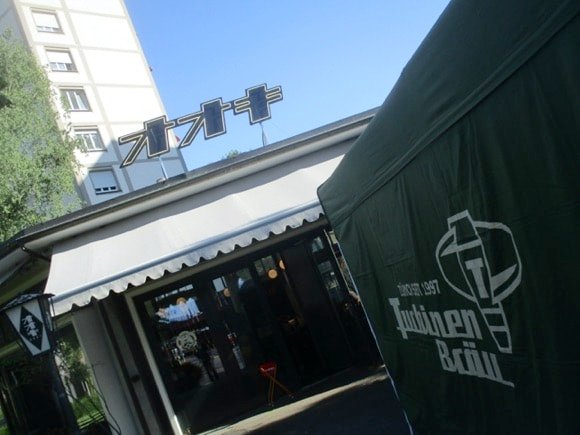

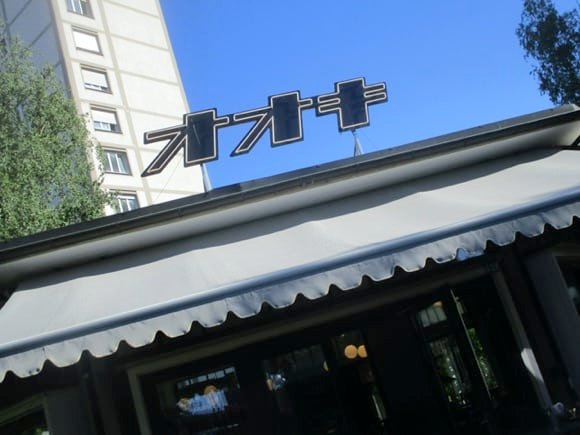
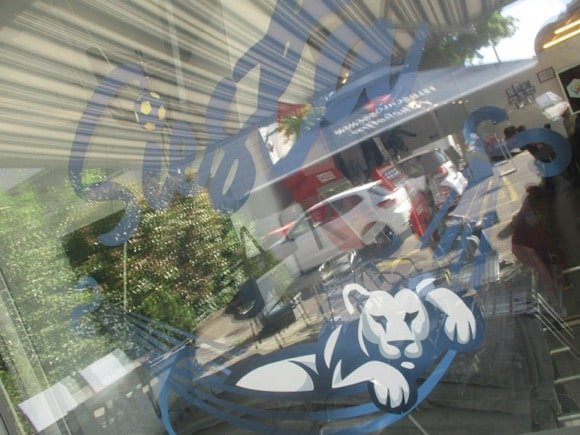
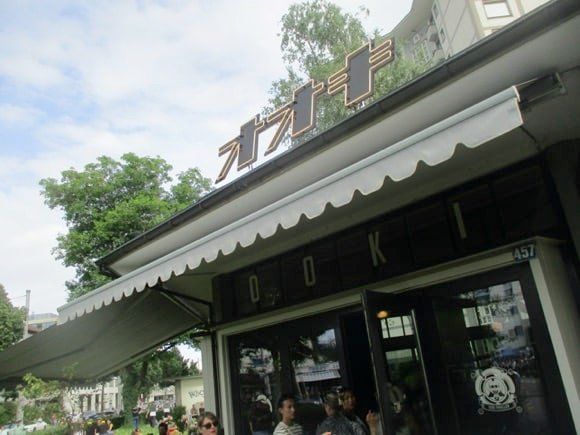
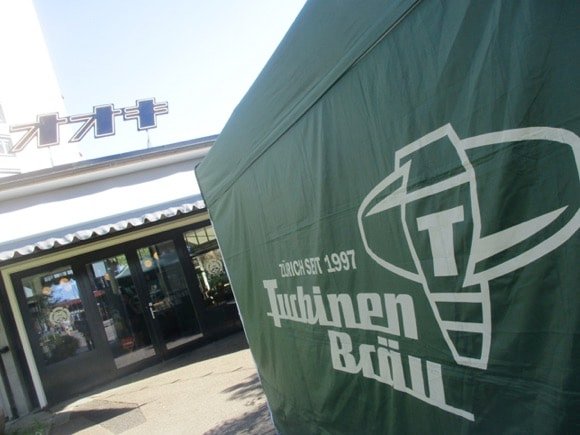
The main spot, its large garden facing the Letzigrund tram stop, is the Ooki Pavilion. Essentially a Japanese restaurant with a busy post-work vibe, it serves classic ramen, tempura and gyoza dishes but many come here to sink Asahi, Sapporo and/or any number of sakes – the wine, spirits and cocktail selections aren’t shabby either. A beer tent operates outside on match days.
Though most terrace tables will have a reserved sign on them, that doesn’t discourage drinkers from plotting up on the grass and basking in the early-evening sun in warmer months.
Filling a street corner across Letzigraben from Ooki, the grilled specialities and accompanying beer (‘Wurst & Durst’) at Martha’s Snacks attracts long queues on match days.
Across Badenerstraße on the stadium side, Siesta is more local bar than the teahouse it suggests it is, older regulars playing cards and sinking drinks as TV sport is screened.
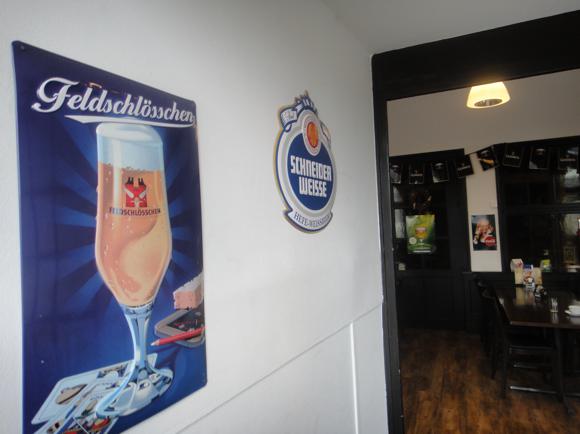

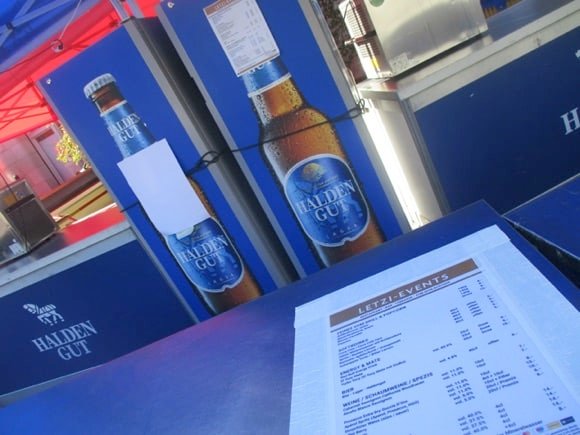
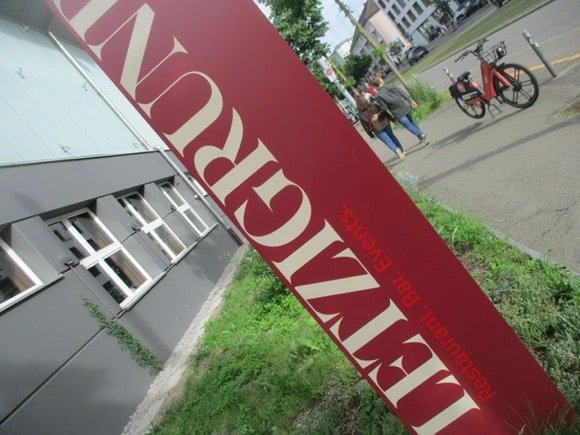
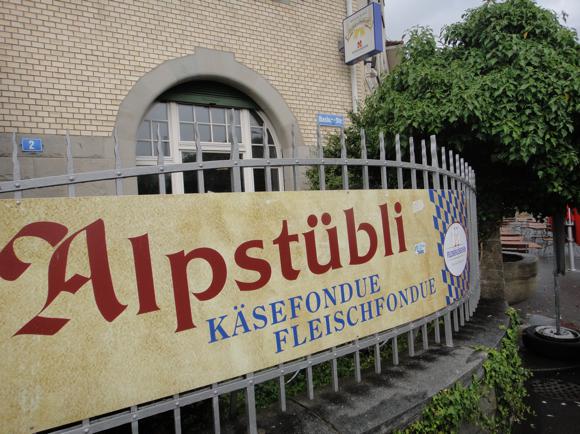
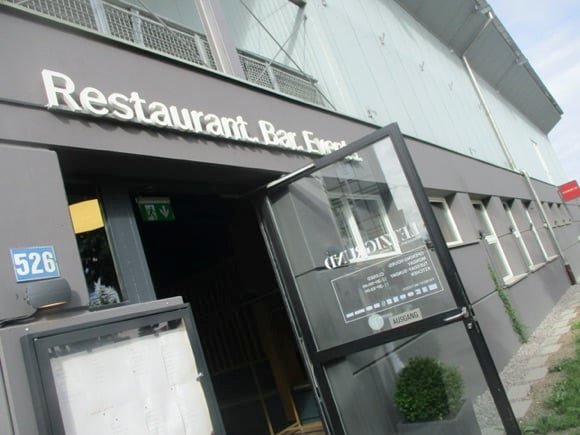
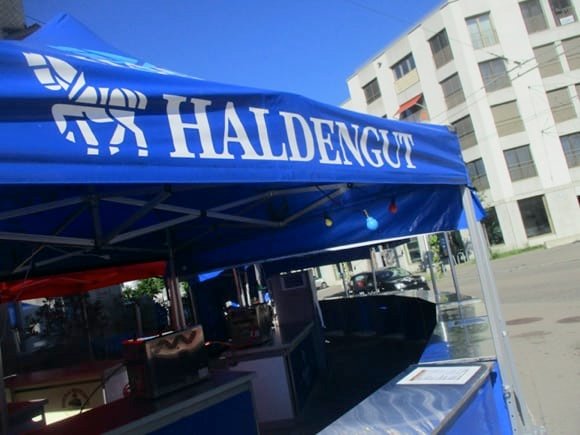

Just past the stadium, typifying the gentrification of this part of Zürich West, the spiffy Letzigrund has replaced the atmospheric Italian Ristorante Da Cono, where old locals would tune into screened sport after a game of bowls.
While TV football is still very much part of the equation, the smart surroundings reflect a superior menu and wine list. Reservations essential on big match nights, particularly for the side terrace
On the other side of the stadium, traditional bar/restaurant Schlachthof is usually replaced by a stall out front proffering Haldengut beer and sizzling snacks. If ever the Schlachthof reopens, you won’t find a more convivial spot for a pre-match drink.
Within the stadium itself, overlooking the pitch, the Ovalrestaurant opens to the public on non-match weekdays – for big events, it’s VIP-only or you can reserve for domestic fixtures. Tasteful line drawings and black-and-white photographs line the walls. The menu changes daily, but usually features a few football-themed dishes.

